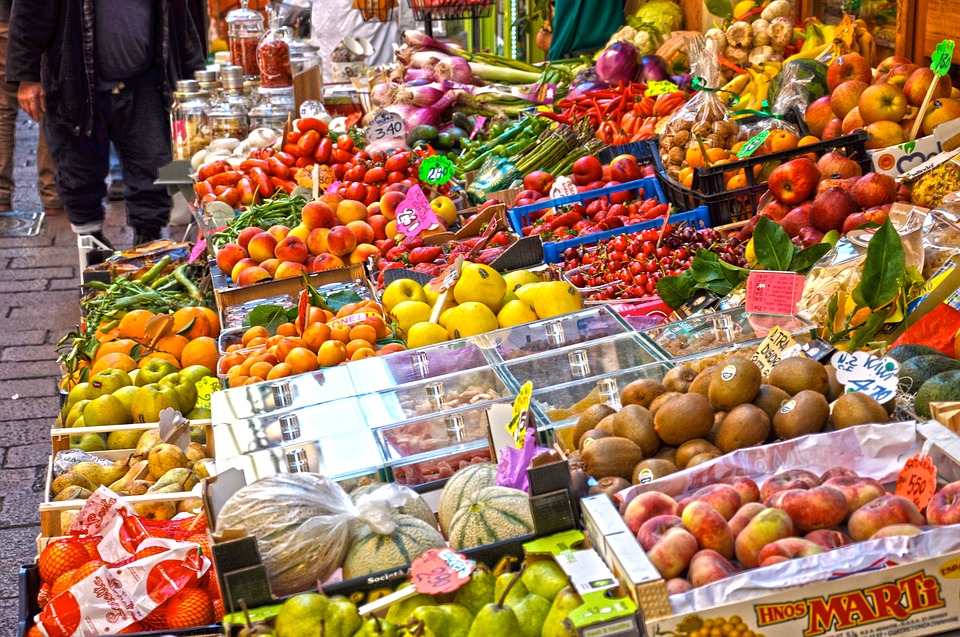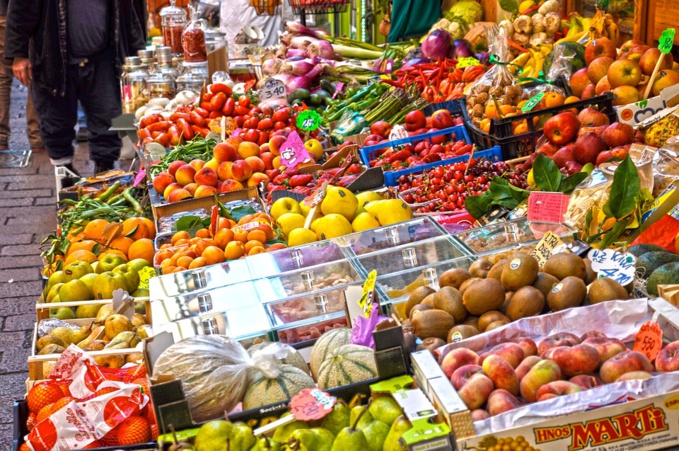World trade will face tangible difficulties in 2019–2020, not only because of protectionism, but also because of increased economic uncertainty, WTO’s updated forecast points out. In 2019, the real increase in deliveries will be only 2.6% (3.7% was expected previously), and it will amount to no more than 3% in 2020. At the same time, the global GDP will grow by 2.6% in both years. The WTO clarifies that real indicators will depend on whether countries can give up the trade restrictions that have already been imposed.
This year, growth in supply in developing countries will be higher than the world average. Imports will increase by 3.6%, exports - by 3.4%. Indicators for developed countries will rise by 1.9% and 2.1%, respectively. The WTO report sharply lowered evaluation of trade growth in 2018 - from 3.9% projected last September to current 3%. For comparison, this figure increased by 4.6% in 2017.
Uncertainty in the global economy has a negative impact on the level of investment, which in turn leads to a decrease in equipment trade. The WTO notes the negative effect of the risks of introducing new duties. The organization assessed possible consequences of a worse scenario, when countries unilaterally raise tariffs at their discretion. In this case, the volume of trade in 2022 will be 17% lower than now, and global GDP will be 2% lower than now (to compare, the first indicator fell by 12%, the second - also by 2% during the 2009 crisis). The effect of Brexit is more difficult to assess, the WTO notes, indicating that it will depend on the degree of openness of the markets after the UK leaves the EU.
Head of the WTO, Roberto Azevêdo, called on countries to deal with protectionism and move on to the discussion of "real problems", such as the effect of technological change on trade and employment. Head of the IMF, Christine Lagarde, who spoke yesterday at the Chamber of Commerce in Washington, also warned that the trade barriers would not reduce the deficit in bilateral trade, but would cause a decline in investment and employment. “Historically, the balance of bilateral trade was mainly determined by macroeconomic factors, not bilateral duties,” she added. According to her, if the United States and China bilaterally increase customs duties on all goods by 25 percentage points, this will lead to a reduction in annual GDP of up to 0.6% in the United States and to 1.5% in China.
Last year, weakening of trade was affected by a drop in demand in Europe and China, as well as by tightening of monetary policy in the United States (it had an impact on exchange rates). As a result, in the fourth quarter of 2018, the average value between volumes of imports and exports decreased by 0.3% (although there was an increase of 3.8% in the third quarter). Exports mainly fell in developed countries, imports - in developing ones. The nominal volume of merchandise trade in monetary terms increased by 10% in 2018, to $ 19.48 trillion, including due to higher energy prices (they increased by an average of 20%).
source: wto.org
This year, growth in supply in developing countries will be higher than the world average. Imports will increase by 3.6%, exports - by 3.4%. Indicators for developed countries will rise by 1.9% and 2.1%, respectively. The WTO report sharply lowered evaluation of trade growth in 2018 - from 3.9% projected last September to current 3%. For comparison, this figure increased by 4.6% in 2017.
Uncertainty in the global economy has a negative impact on the level of investment, which in turn leads to a decrease in equipment trade. The WTO notes the negative effect of the risks of introducing new duties. The organization assessed possible consequences of a worse scenario, when countries unilaterally raise tariffs at their discretion. In this case, the volume of trade in 2022 will be 17% lower than now, and global GDP will be 2% lower than now (to compare, the first indicator fell by 12%, the second - also by 2% during the 2009 crisis). The effect of Brexit is more difficult to assess, the WTO notes, indicating that it will depend on the degree of openness of the markets after the UK leaves the EU.
Head of the WTO, Roberto Azevêdo, called on countries to deal with protectionism and move on to the discussion of "real problems", such as the effect of technological change on trade and employment. Head of the IMF, Christine Lagarde, who spoke yesterday at the Chamber of Commerce in Washington, also warned that the trade barriers would not reduce the deficit in bilateral trade, but would cause a decline in investment and employment. “Historically, the balance of bilateral trade was mainly determined by macroeconomic factors, not bilateral duties,” she added. According to her, if the United States and China bilaterally increase customs duties on all goods by 25 percentage points, this will lead to a reduction in annual GDP of up to 0.6% in the United States and to 1.5% in China.
Last year, weakening of trade was affected by a drop in demand in Europe and China, as well as by tightening of monetary policy in the United States (it had an impact on exchange rates). As a result, in the fourth quarter of 2018, the average value between volumes of imports and exports decreased by 0.3% (although there was an increase of 3.8% in the third quarter). Exports mainly fell in developed countries, imports - in developing ones. The nominal volume of merchandise trade in monetary terms increased by 10% in 2018, to $ 19.48 trillion, including due to higher energy prices (they increased by an average of 20%).
source: wto.org



















